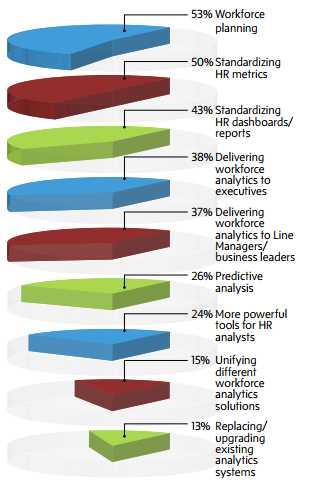OpenAGRIS 0.9 released: new functionalities, resources & look by Fabrizio Celli.
From the post:
The AGRIS team has released OpenAGRIS 0.9, a new version of the Web application that aggregates information from different Web sources to expand the AGRIS knowledge, providing as much data as possible about a topic or a bibliographical resource within the agricultural domain.
OpenAGRIS 0.9 contains new functionalities and resources, and received a new interface in English and Spanish, with French, Arabic, Chinese and Russian translations on their way.
Mission: To make information on agricultural research globally available, interlinked with other data resources (e.g. DBPedia, World Bank, Geopolitical Ontology, FAO fisheries dataset, AGRIS serials dataset etc.) following Linked Open Data principles, allowing users to access the full text of a publication and all the information the Web holds about a specific research area in the agricultural domain (1).
Curious what agricultural experts make of this resource?
As of today, the site claims 5,076,594 records. And with all the triple bulking up, some 134,276,804 triples based on those records.
What, roughly # of records * 26 for the number of triples?
Which is no mean feat but I wonder about the granularity of the information being offered?
That is how useful is it to find 10,000 resources when each will take an hour to read?
More granular retrieval, that is far below the level of a file or document, is going to be necessary to avoid repetition of human data mining.
Repetitive human data mining being one of the earmarks of today’s search technology.
